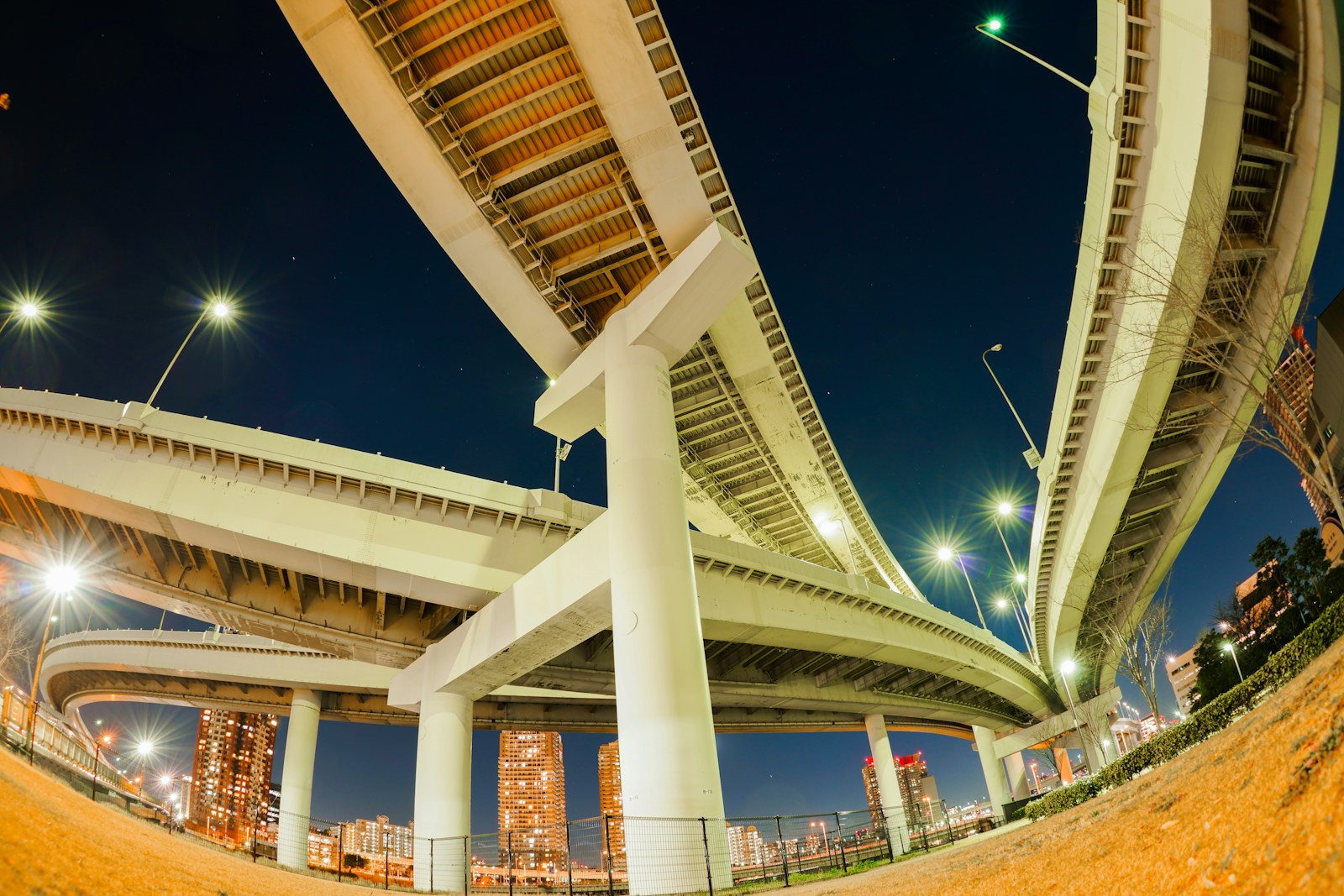Infrastructure Build Loan Plan
The Infrastructure Build Loan Plan is designed to provide long-term, large-scale financing for businesses, consortia, or public–private partnerships (PPPs) involved in developing physical infrastructure projects. Infrastructure is the backbone of economic growth — roads, bridges, power plants, industrial parks, ports, renewable energy farms, housing developments, water treatment plants, and telecom networks all require substantial upfront investment.
Unlike shorter-term or commercial expansion loans, the Infrastructure Build Plan focuses on capital-heavy projects with extended lifecycles, high social and economic impact, and longer gestation periods before profitability. By providing structured USD-denominated financing, LendRoam positions itself as a critical partner in building the foundations of national and regional economies.

2. Eligibility Criteria
Given the scale of infrastructure projects, eligibility is stricter and more comprehensive than other loan products.
Borrower Profile:
Large corporations, joint ventures, or public–private partnerships.
Demonstrated technical expertise in construction, engineering, or project management.
Proven financial capacity and audited accounts over several years.
Project Requirements:
Must be tied to tangible infrastructure assets with measurable impact.
Feasibility studies, environmental and social impact assessments (ESIA), and government approvals required.
Contracts, concessions, or government guarantees strengthen eligibility.
Governance & Compliance:
Transparent ownership structures.
No history of corruption, fraud, or regulatory breaches.
Strong environmental, social, and governance (ESG) commitments.
3. Loan Structure and Terms
The Infrastructure Build Loan is structured to match the long duration and high capital intensity of infrastructure projects.
Repayment Interval: Often quarterly or semi-annual, rather than monthly, to match project cash flows.
Total Installments: Long tenor, typically spanning 8–12 years depending on project scale.
Repayment Model: Grace period for principal repayment (during construction), followed by amortized declining balance.
Application Charges: Due diligence fees covering project appraisal, legal reviews, and compliance checks.
Penalty Model: Strict for missed repayments but allows restructuring in cases of force majeure (natural disasters, political upheaval, etc.).
This structure recognizes that infrastructure projects often take years before generating revenue.
4. Repayment Analysis (Illustrative)
A typical infrastructure loan might involve:
Grace Period: First 18–24 months where only interest is paid, allowing construction to proceed without heavy financial pressure.
Full Repayment Phase: After project completion, principal + interest is repaid in scheduled tranches over the tenor.
Cash Flow Alignment: Repayments are tied to project revenues, such as toll collections, power sales, housing leases, or government contracts.
This ensures the loan is sustainable and does not burden the borrower during non-revenue phases.
5. Use Cases / Practical Scenarios
Transport & Logistics
Construction of highways, railways, airports, and ports.
Loan supports land acquisition, equipment procurement, and engineering contracts.
Energy Infrastructure
Building renewable energy plants (solar, wind, hydro) or conventional power stations.
Financing covers turbines, grids, substations, and technology licenses.
Urban Development
Housing estates, industrial parks, and smart city projects.
Loan used for large-scale construction, utilities, and public amenities.
Water & Sanitation
Dams, pipelines, and treatment plants.
Loan funds feasibility studies, construction, and regulatory compliance.
Digital Infrastructure
Telecom towers, fiber optic networks, data centers.
Loan supports rollout of broadband and digital connectivity nationwide.
6. Benefits
Large-Scale Financing: Designed for capital-heavy projects beyond the reach of typical business loans.
Extended Tenor: Matches the long gestation periods of infrastructure projects.
USD Denomination: Provides stability against local currency volatility.
Grace Periods: Reduce financial stress during construction phases.
Reputation Boost: Securing a LendRoam infrastructure loan enhances credibility with governments, regulators, and international partners.
7. Risks & Considerations
Execution Risks: Construction delays, cost overruns, or supply chain disruptions.
Regulatory Risks: Project cancellations or delays due to changing political environments.
Currency Risks: Local revenues vs. USD repayments.
Environmental Risks: ESG non-compliance may lead to reputational and financial penalties.
Collateral Risks: Large assets may be pledged; defaults could lead to seizure or government intervention.
8. Regulatory and Compliance Aspects
Borrowers must provide:
Feasibility reports, ESIA studies, and permits.
Annual audited project and company accounts.
Adherence to IFC performance standards, AML/KYC laws, and local regulations.
LendRoam ensures:
Independent project monitoring and compliance audits.
Regular progress reports and site visits.
Legal protections via covenants in loan agreements.
9. Case Study (Hypothetical Example)
Business: GreenEnergy Consortium
Project: 500MW solar energy farm across multiple states.Loan Usage: Procurement of solar panels, grid connections, land development, and workforce training.
Impact: Provided electricity to 2 million households, reduced carbon emissions, and created 10,000 jobs.
Repayment: Grace period during construction, then semi-annual repayments tied to power purchase agreements.
10. Conclusion
The Infrastructure Build Loan Plan is the most capital-intensive and transformative product in LendRoam’s portfolio. It empowers borrowers to deliver nation-shaping projects, improve livelihoods, and stimulate long-term economic development.
By removing specific loan amounts, this plan remains scalable and adaptable — whether for mid-sized developers working on housing estates or multinational consortia constructing nationwide energy grids.
It combines financial depth, long-term flexibility, and global best practices in compliance, ensuring projects not only get built but also succeed sustainably.
